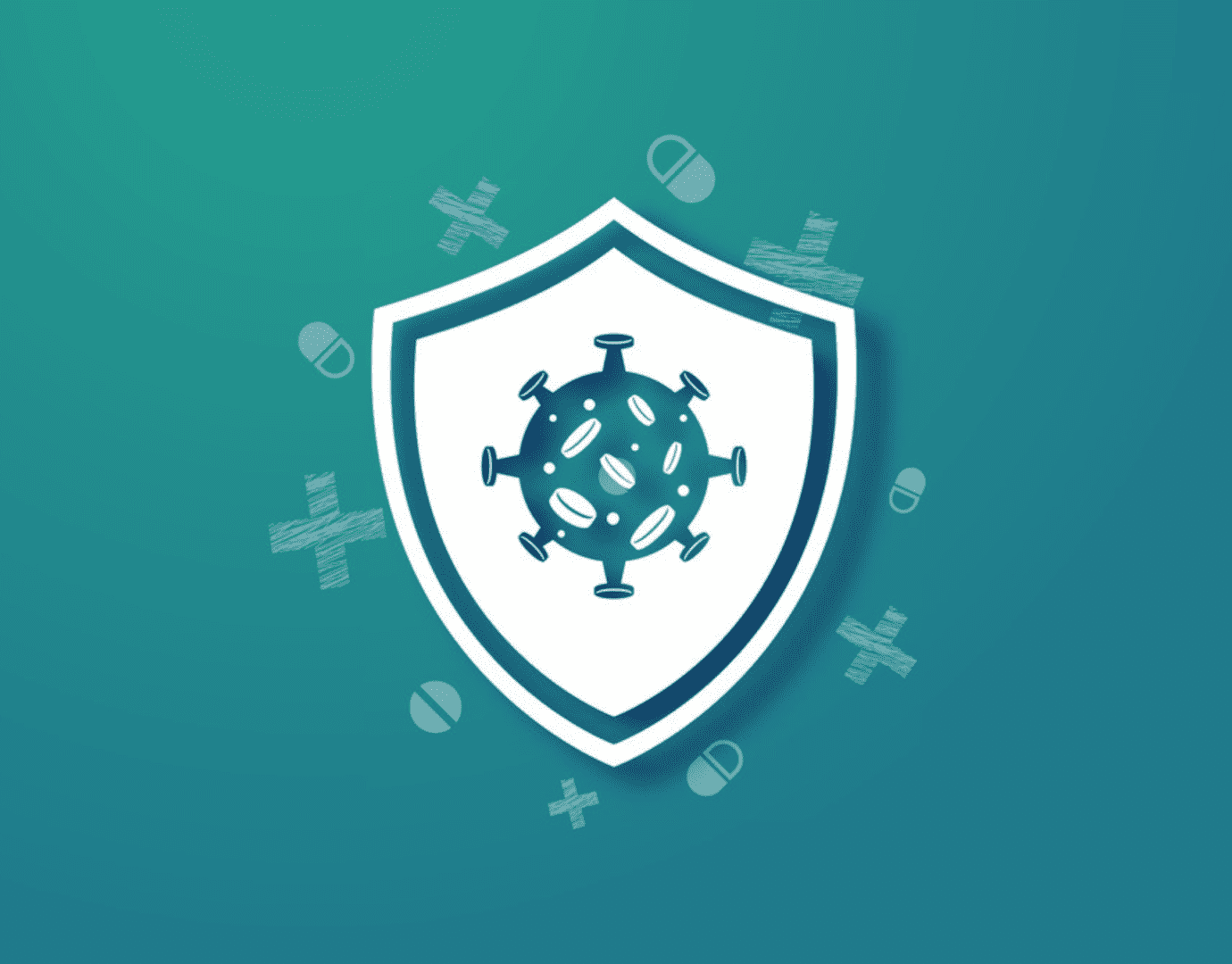Search by Color or Cause


International Infection Prevention Week (IIPW), established in 1986, aims to shine a light on infection prevention each and every year. It is observed every third week in October. Wear a blue and green enamel awareness ribbon pin to call attention to this important prevention week. Personalized Cause’s enamel pins are available in both a personalized and non-personalized version.
Did you know that 1 in 31 patients receiving care in a hospital will get a healthcare-associated infection? International Infection Prevention Week is an annual observance to remind healthcare professionals and the public of the role everyone plays in infection prevention. Infection Preventionists (IPs) play a crucial role in keeping the public safe and healthy. They protect people from surges in healthcare-associated infections and so many other infectious threats.
According to the Centers for Disease Control and Prevention (CDC), 1 in 31 hospitalized patients will get an infection as a result of the care they receive. This is an estimated 75,000 patients who will die each year. But the good news is that patients and families can take steps to prevent infections by simply knowing infection prevention basics.
Speak up! Infection prevention is everyone’s business. You should never feel shy or reluctant to ask for more information. After all, we’re talking about your health. Your doctors, nurses, and other members of your care team want you to have a voice in your care. So ask questions, voice concerns, and make sure you’re comfortable with the care you are getting while in the hospital or other healthcare facility.
Keeping your hands clean is the number one way to prevent the spread of infection. Clean your hands after using the bathroom, sneezing, blowing your nose, or coughing. In addition, wash your hands before eating, when visiting someone who is sick, or whenever your hands are dirty.
Alcohol-based hand sanitizer.
If soap and water are not available, use an alcohol-based hand sanitizer that contains at least 60 percent alcohol. Alcohol-based hand sanitizers can quickly reduce the number of germs on hands in some situations, but sanitizers do not eliminate all types of germs.
Everyone should clean their hands.
This is one of the most important ways to prevent infection! If you haven’t seen your healthcare workers clean their hands, ask them to do so. Also ask your visitors to clean their hands.
According to the CDC, there have been nearly 50 disease outbreaks linked to unsafe injection practices since 2001. This affects more than 150,000 patients. These outbreaks have included transmissions of hepatitis B and C, as well as bacterial infections. Ask about safe injection practices. It could save your life.
Safe injection practices matter.
Safe injection practices are steps, such as not using the same needle or syringe on more than one patient, that your healthcare providers should follow when they give injections.
Ask questions about the medications that are prescribed to you. It’s important that you know what they are for, how to take them, and how often you should take them. If you are prescribed antibiotics, take all of them, even if you start to feel better.
If you don’t finish a course of antibiotics, harmful superbugs can grow.
Take antibiotics exactly as your prescriber recommends:
When antibiotics work and when they don’t.
Antibiotics work for bacterial infections, but they don’t help cure a viral infection. That means antibiotics will not help reduce symptoms caused by the common cold or flu.
In the event that you do get a viral illness, that an antibiotic can’t treat, your best option is to get plenty of rest, drink lots of water and other fluids, and treat the symptoms with hot tea (for a sore throat) and other home remedies. Consider using saline nasal sprays and other over-the-counter medicines as well.
Healthcare-associated infections (HAIs) are infections that patients can get while receiving treatment for medical or surgical conditions. No matter where you are—in a hospital, a long-term care facility, outpatient surgery center, dialysis center, doctor’s office, or elsewhere—you are at risk for infections. These kinds of infections are often preventable.
According to the Centers for Disease Control and Prevention (CDC), 1 in 31 hospitalized patients will get an infection as a result of the care they receive, costing an estimated $28.4 to $45 billion each year. An estimated 75,000 patients will die each year. On a global level, in 2022 the World Health Organization released its first-ever report on infection prevention and control showing gaps between HAI rates in high, middle, and low-income countries.